From Gears to Gadgets: Tracing the Journey of Watchmaking Through Time
In a world where time is often measured to the nanosecond, the evolution of watchmaking presents a fascinating narrative of innovation and artistry. From the archaic sundials with their fleeting shadows to the intricate mechanics of pocket watches, and now to the sleek smartwatches that adorn our wrists, the story of horology is one of relentless pursuit and transformation. Each tick and tock tells a tale of human ingenuity, craftsmanship, and our unending quest to master the measurement of time. This article embarks on a journey through the ages, exploring how watchmaking has evolved, reflecting changes in technology, culture, and society, and how these tiny machines continue to captivate and inspire us in an era dominated by gadgets. Join us as we delve into the heritage and future of this timeless craft, tracing the delicate line that connects gears to gadgets.
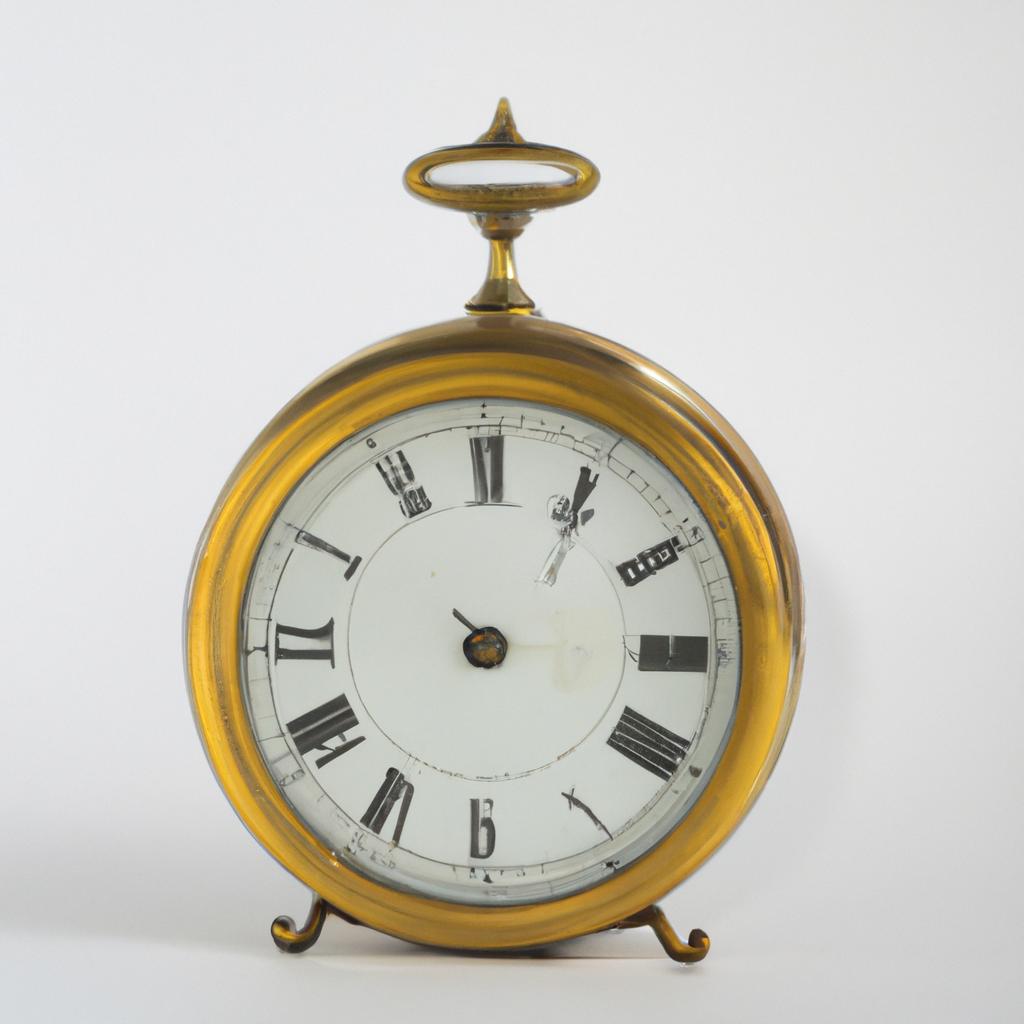
The Evolution of Timekeeping Devices and Their Cultural Significance
The journey of timekeeping devices has not merely been a tale of technological advancement but a rich tapestry woven with cultural significance. **Sundials**, for instance, were among the earliest tools employed by ancient civilizations, relying on the sun’s position to demarcate hours. As societies advanced, so did their methods, leading to the adoption of **water clocks** in cultures such as Egypt and China, and **hourglasses** that delicately timed durations through the flow of sand. Each device served a dual purpose: not just a tool for marking time but also a means of reflecting the unique values and priorities of the societies that produced them.
With the advent of mechanical clocks in the Middle Ages, particularly in Europe, timekeeping transformed into a symbol of power and precision. **Innovations** such as the pendulum and the escapement mechanism revolutionized timekeeping accuracy, paving the way for more elaborate watches by the Renaissance. This period saw watches transition from mere functional objects to exquisite pieces of art, often adorned with jewels and intricate engravings, showcasing the **cultural status** of their owners. As we move into the modern era, the introduction of digital devices and smartwatches presents a fascinating juxtaposition of tradition and innovation, where contemporary designs continue to celebrate the craftsmanship of the past while embracing the technological possibilities of the future.
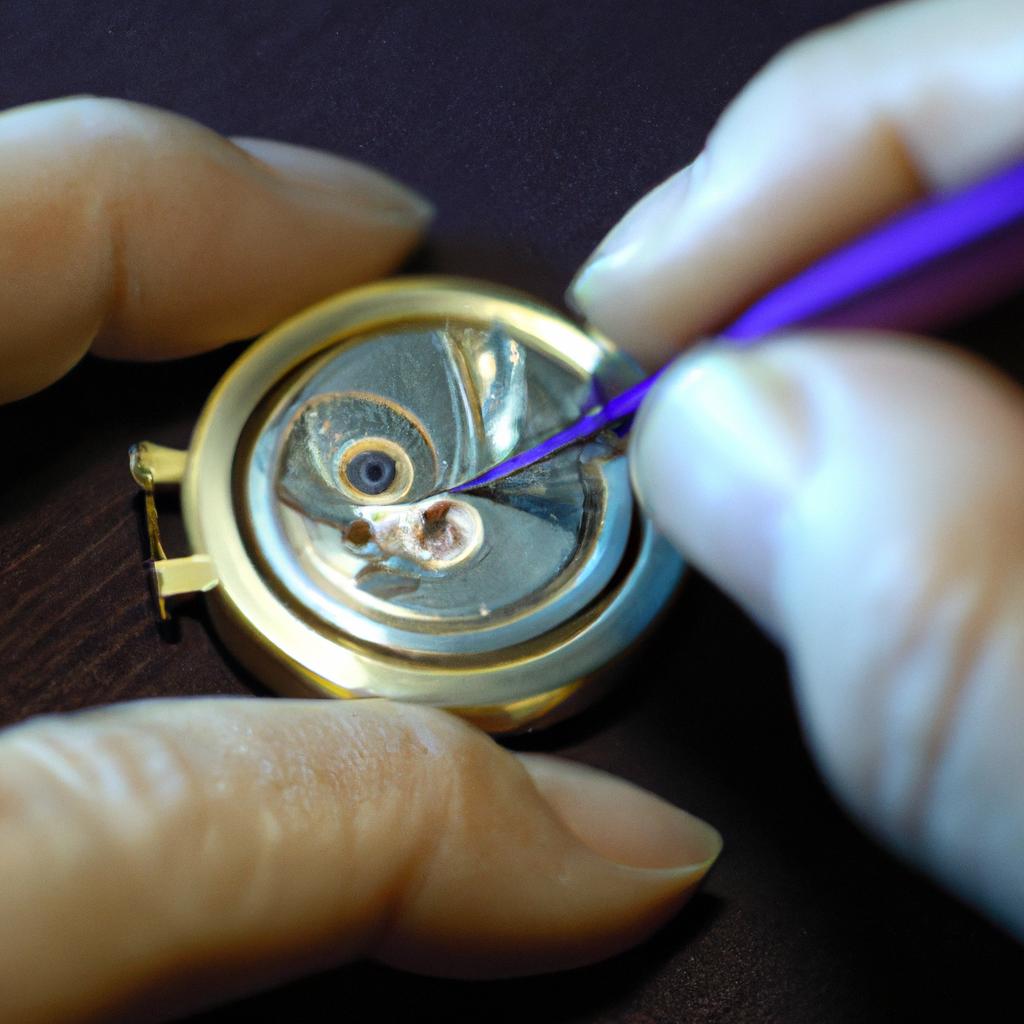
The Artistry of Watchmaking Techniques and Craftsmanship
Watchmaking is an exquisite blend of art and science, where precision meets creativity. The process begins with the **meticulous selection of materials**, each chosen not only for durability but also for aesthetic appeal. Watchmakers often favor metals such as stainless steel and gold, as well as high-tech ceramics and sapphire crystals, laying the groundwork for both functionality and elegance. The assembly of these components involves a delicate balance of technique and craftsmanship, where **experienced artisans** apply their skills to create intricate movements by hand. The use of tools such as **lathes**, **saws**, and **micro-drills** is essential, allowing for the crafting of tiny gears and elaborate escapements that all contribute to the watch’s accuracy and artistry.
The artistry extends beyond mere mechanics; it embraces decorative techniques that elevate the timepiece to a work of art. Techniques such as **engravings**, **guilloche**, and **enameling** serve to embellish the watch surfaces, transforming mechanical tools into visual masterpieces. The meticulous crafting of these designs requires years of training and a keen eye for detail, allowing artisans to express their creativity through every curve and contour. The result is not just a timekeeping instrument, but a **symbol of craftsmanship** and heritage. Below is a brief overview of some key techniques in watchmaking:
| Technique | Description |
|---|---|
| Engraving | Intricate designs carved into the watch surface to enhance aesthetics. |
| Guilloche | A technique of creating intricate patterns on metal surfaces. |
| Enameling | Fusing powdered glass to metal for vibrant color and a smooth finish. |
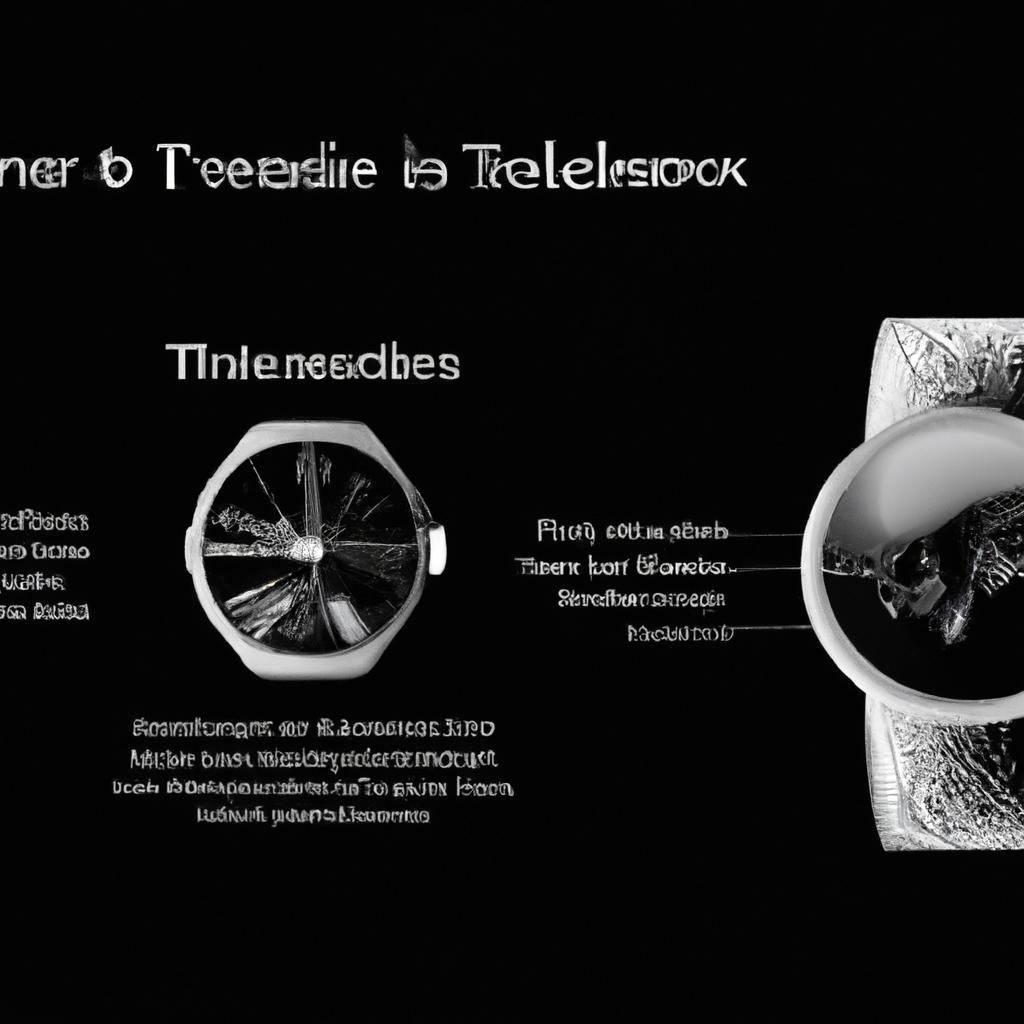
Future Trends in Horology: Innovations and Sustainability in Watch Design
As we look ahead, the watchmaking industry is poised for a remarkable transformation driven by technology and sustainability. **Smartwatches** are already ubiquitous, but a new wave of innovation is emerging, integrating advanced features without sacrificing the classic charm of traditional timepieces. For instance, brands are now experimenting with hybrid designs that blend mechanical movements with digital functionalities. This enables watchmakers to create timepieces that not only keep time but also interact with users through health monitoring, notifications, and even GPS tracking. Furthermore, **AI-driven** features are becoming a reality, allowing watches to learn and adapt to user behavior, enhancing the overall experience.
Sustainability is equally shaping the future landscape of horology. Manufacturers are increasingly prioritizing eco-friendly practices, sourcing materials responsibly while minimizing waste. Innovative approaches include the use of **recycled metals** and **biodegradable straps**, which not only lessen the environmental impact but also appeal to a growing demographic of conscious consumers. In response to the call for transparency, brands are also dedicated to providing clearer insights into their supply chains. A few notable sustainability initiatives in the industry include:
- Utilization of solar energy in powering timepieces.
- Development of synthetic diamonds for luxury watches.
- Emphasis on modular designs for easy repair and longevity.
| Innovative Trends | Impact |
|---|---|
| Hybrid Mechanisms | Combines tradition with technology |
| Eco-Friendly Materials | Reduces environmental footprint |
| Smart Features | Enhances user interaction |
In Conclusion
As we draw the curtain on our exploration of watchmaking’s remarkable evolution, it becomes clear that the journey from gears to gadgets is not merely a tale of timepieces, but a reflection of human ingenuity and artistry throughout the ages. Each tick of a clock has marked the passage of time, yet it has also captured the spirit of the era in which it was crafted. From the intricate mechanics of pocket watches to the smart technology of today, the watch remains a testament to our relentless quest for precision and style.
As we look forward, the future of horology promises even more innovation, blending tradition with technology in ways we can only begin to imagine. Yet, amid this rapid transformation, the essence of watchmaking—a commitment to craftsmanship and an appreciation for the passage of time—endures. May we continue to celebrate both the legacy of the past and the possibilities of tomorrow, wearing our histories proudly on our wrists as we step into the future, one tick at a time.

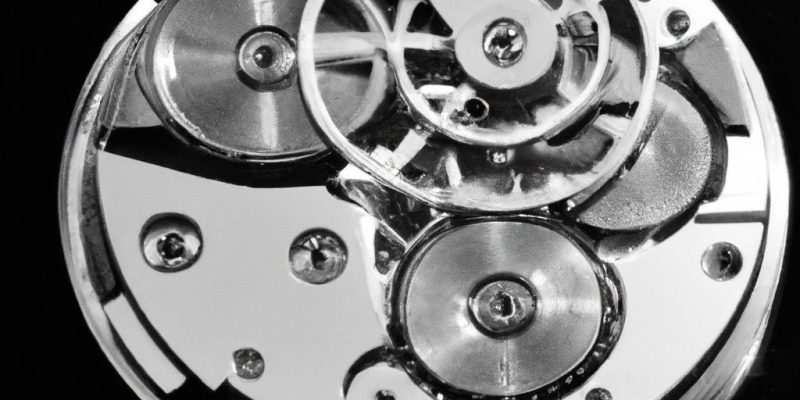











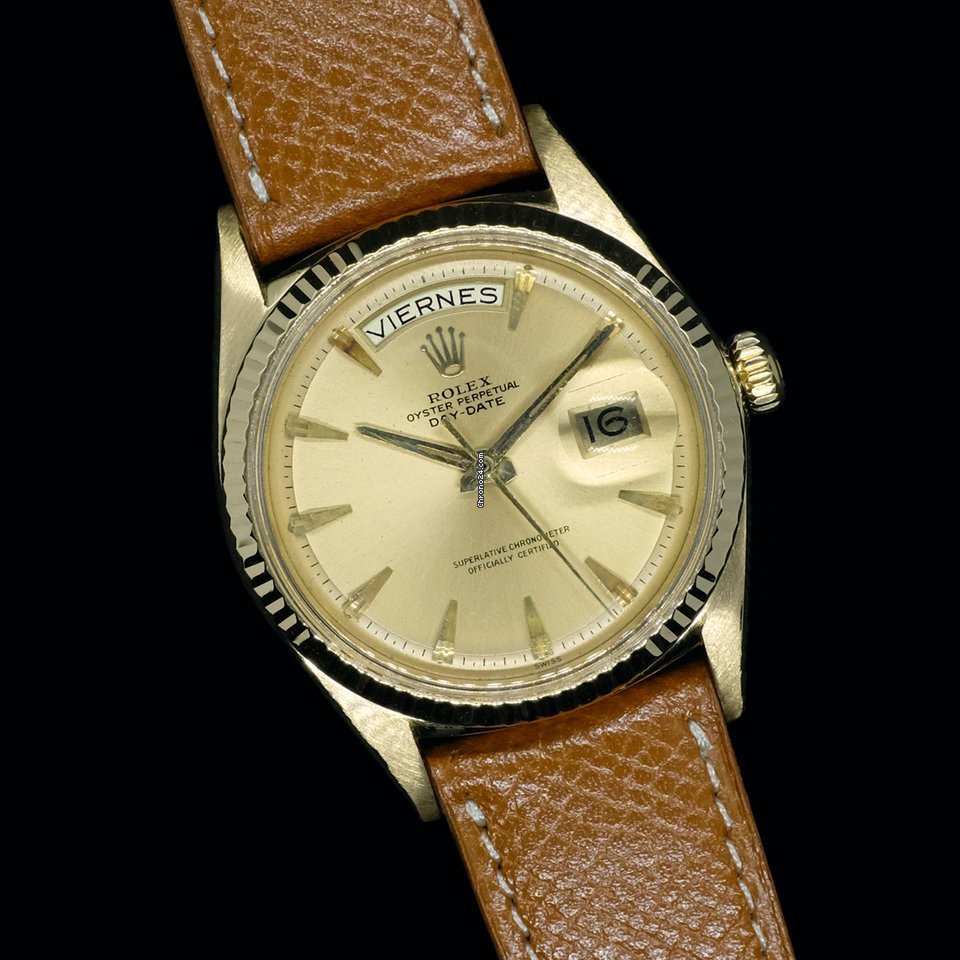

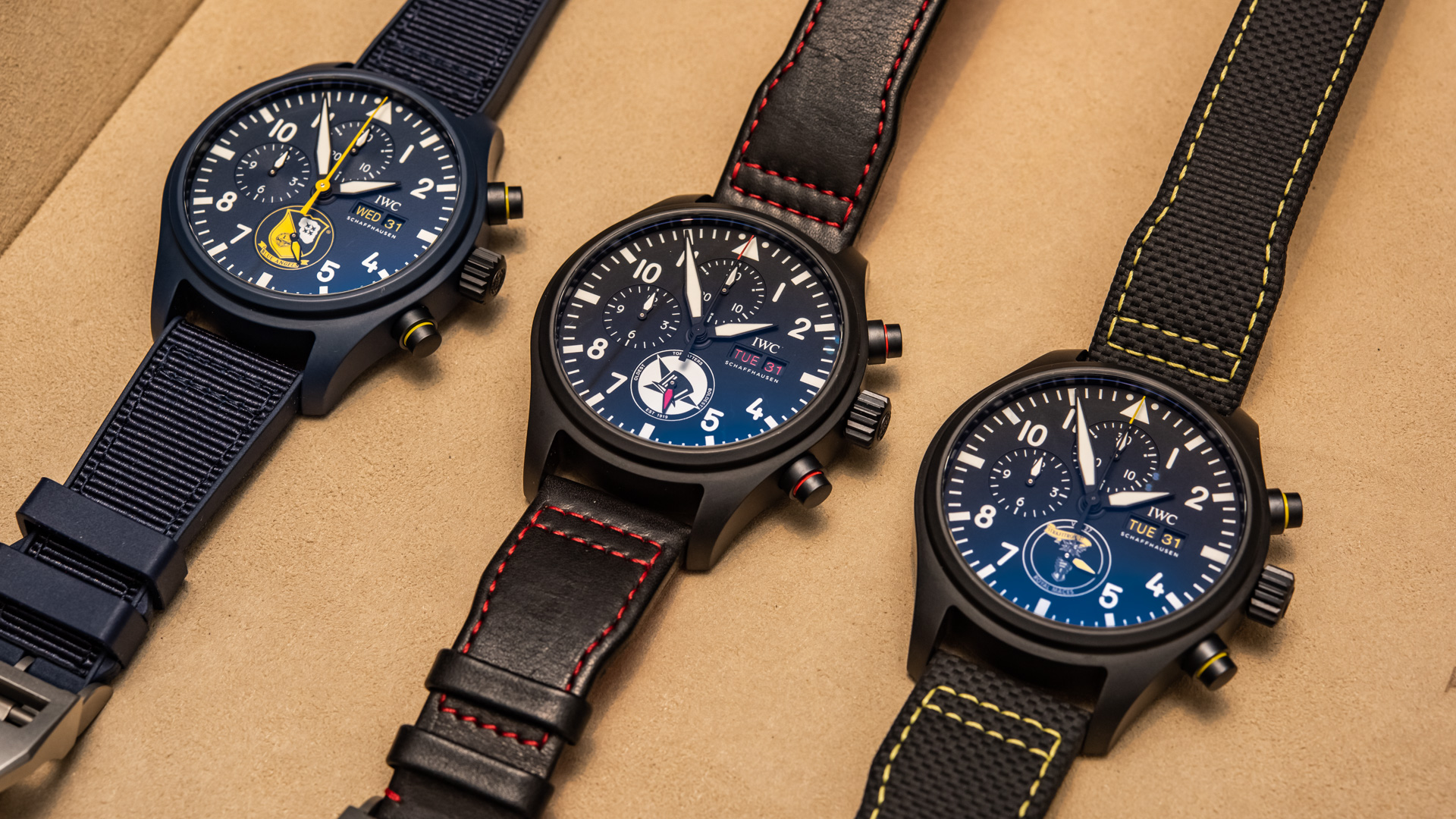
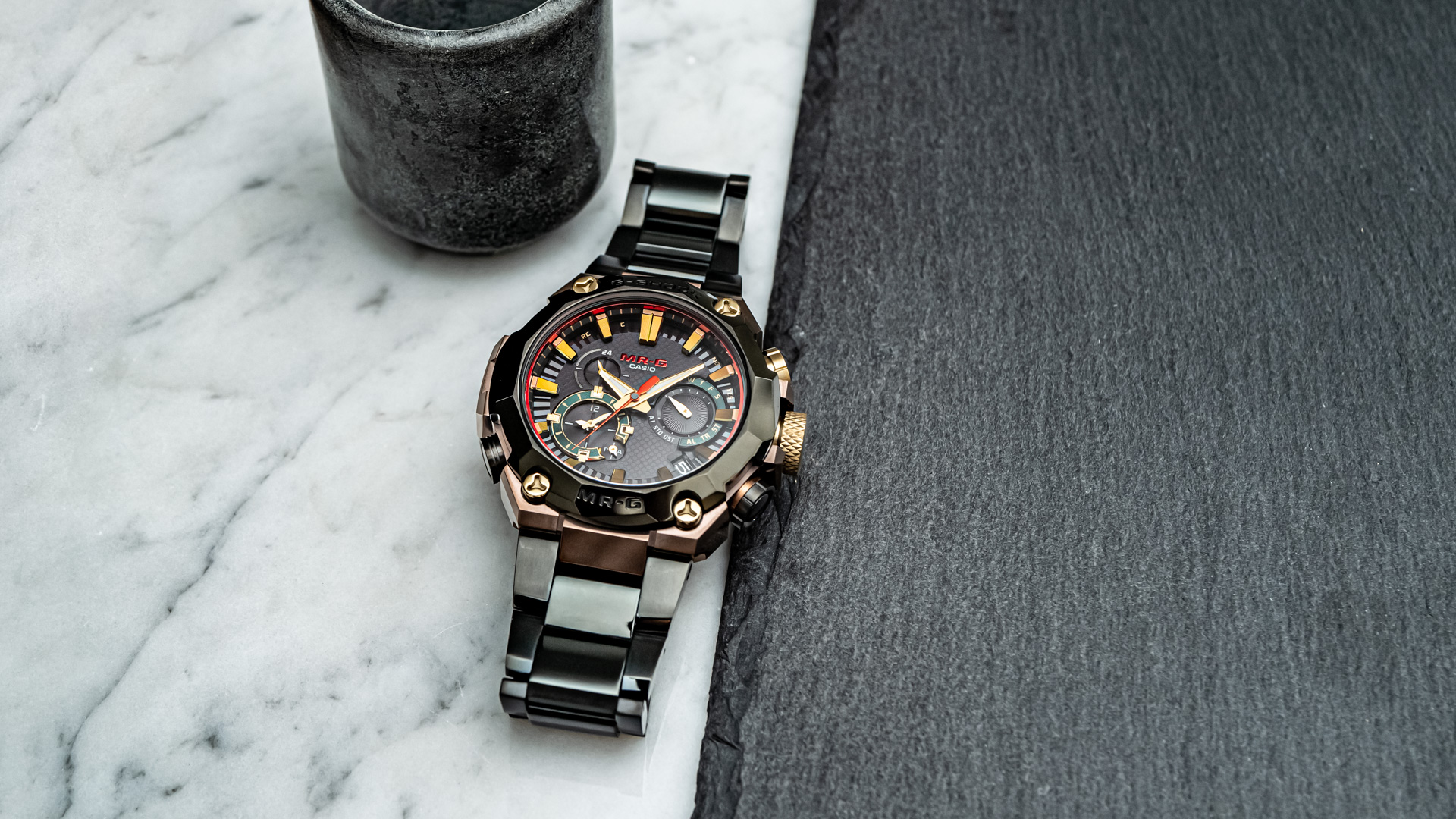
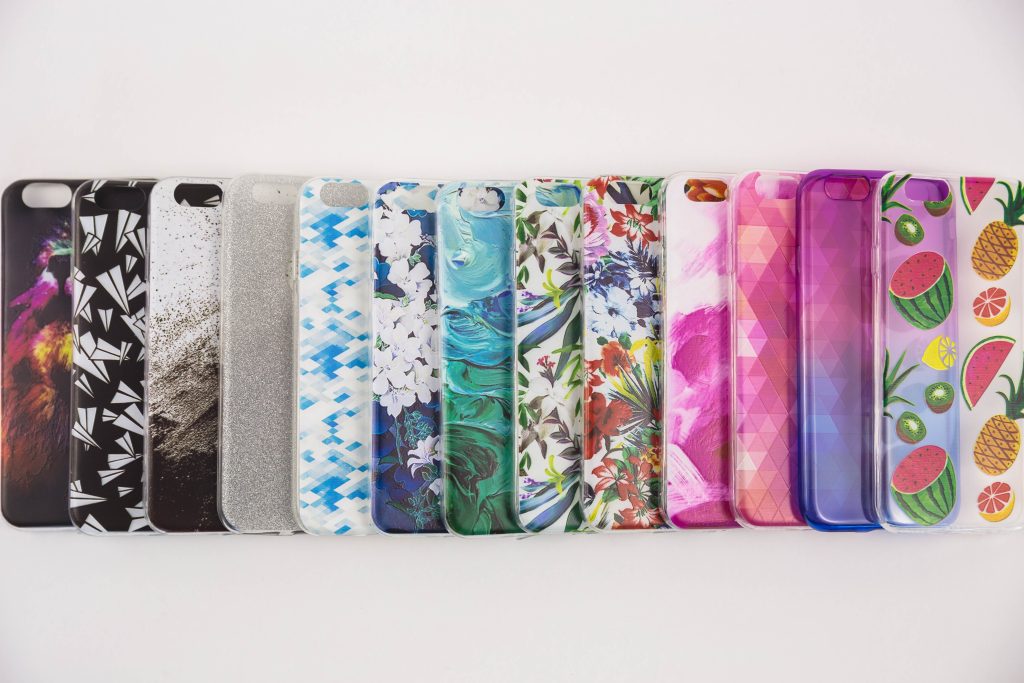

Comments